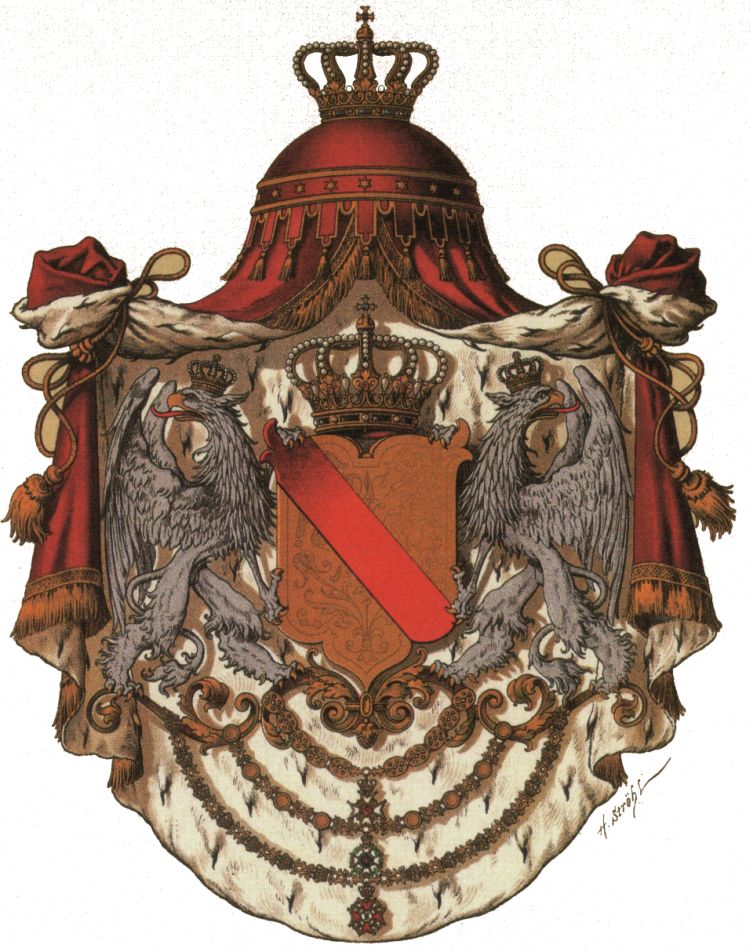The royal family of Baden has a rich history, and one of its most fascinating members is Princess Marie of Baden, the great niece of Duke Frederick I of Baden. Born in 1782, Princess Marie was a member of the House of Zähringen, which ruled the Grand Duchy of Baden from 1803 to 1918. Her life was marked by both personal and public struggles, as she navigated the complexities of royal life during a time of significant change in Europe.
Princess Marie's story is a testament to the resilience and adaptability of the royal family during this period. Despite facing numerous challenges, she remained committed to her duties and her family, leaving behind a lasting legacy. This article will explore the life and times of Princess Marie of Baden, delving into her personal struggles and public achievements, and shedding light on the fascinating history of the House of Zähringen.
what makes the Princess of Baden's story unique

how did Princess Josephine's deafness impact her daily life

what kind of therapy did Princess Josephine receive for her deafness
 |
| Princess Aglaë of Baden Photo Source: Garten Design |
 |
| Wolf von Trotha Photo Source: Crunchbase |
As we conclude our exploration of Princess Josephine of Baden, it is clear that her life was marked by both personal and public struggles. Born as Princess Josephine Friederike Luise of Baden, she was a member of the House of Zähringen, which ruled the Grand Duchy of Baden from 1803 to 1918. Her life was characterized by her marriage to Karl Anton, Prince of Hohenzollern-Sigmaringen, and her role as the mother of the first king of Romania, Carol I. Through her younger daughter Marie, she is the ancestress of the Belgian royal family, the grand ducal family of Luxembourg, and the last Queen of Italy and her descendants. Princess Josephine's story is a testament to the resilience and adaptability of the royal family during a time of significant change in Europe. Her legacy continues to be felt through her children and grandchildren, who have all played important roles in the royal families of both Belgium and Luxembourg. Princess Josephine's influence extends beyond her immediate family, reflecting her enduring impact on the royal families and the broader society she served.
In conclusion, Princess Josephine of Baden's life was a remarkable journey of personal and public achievements. Her story is a fascinating example of the complexities and challenges faced by members of royal families during times of significant change. Through her marriage, children, and public roles, Princess Josephine left a lasting legacy that continues to be felt today. Her life serves as a reminder of the importance of resilience, adaptability, and dedication to one's duties. As we reflect on Princess Josephine's life, we are reminded of the enduring power of royal influence and the lasting impact that individuals can have on the world around them. We hope that this article has provided a comprehensive and engaging overview of Princess Josephine's life and legacy, and we invite you to continue exploring the rich history of European royalty through our blog.
what were Princess Josephine's most notable achievements
- Marriage and Family: She married Karl Anton, Prince of Hohenzollern-Sigmaringen, and had six children, including Carol I of Romania, the first king of Romania, and Princess Marie of Hohenzollern-Sigmaringen, who married Prince Philippe, Count of Flanders, and was the mother of Albert I of Belgium.
- Royal Connections: Through her children, Princess Josephine is the ancestress of several European royal families, including the Belgian, Luxembourg, and Romanian royal families, as well as the last Queen of Italy and her descendants.
- Social and Cultural Impact: Princess Josephine was known for her charm, beauty, and dignity, and her presence in society was highly regarded. She was described as having a lovely nose and a sweet way of lifting her hand and covering her mouth when amused or pleasantly shocked.
- Legacy: Her grandson, Ferdinand I of Romania, described her as "quite the most fascinating member of the family" in his memoirs, highlighting her enduring influence on her family and the royal circles she moved in.
- Honors and Mourning: Her death was marked by a 12-day mourning period in the Austrian court, during which members of the Habsburg dynasty were barred from participating in any festivities, reflecting her significant status within the royal family.


No comments:
Post a Comment